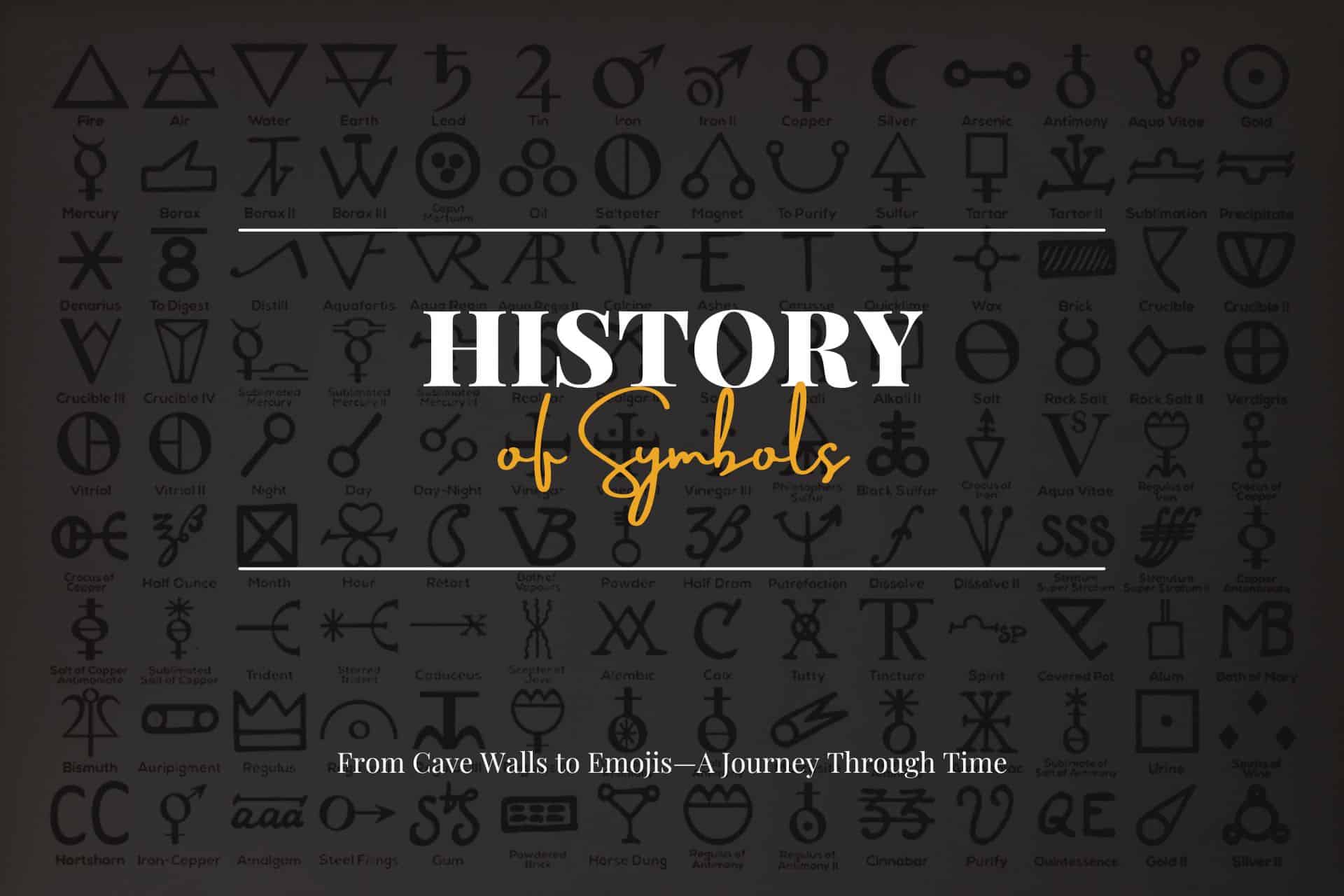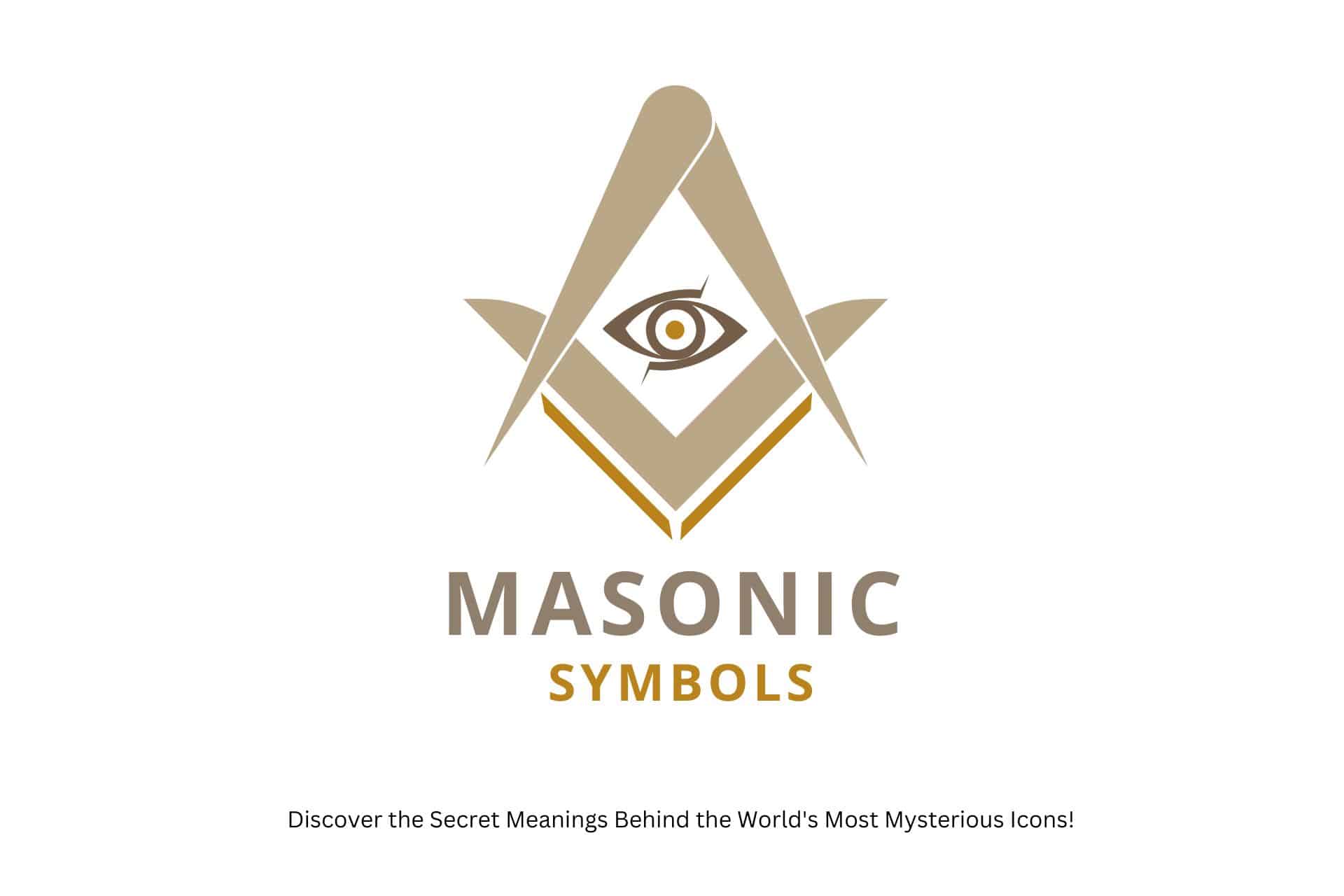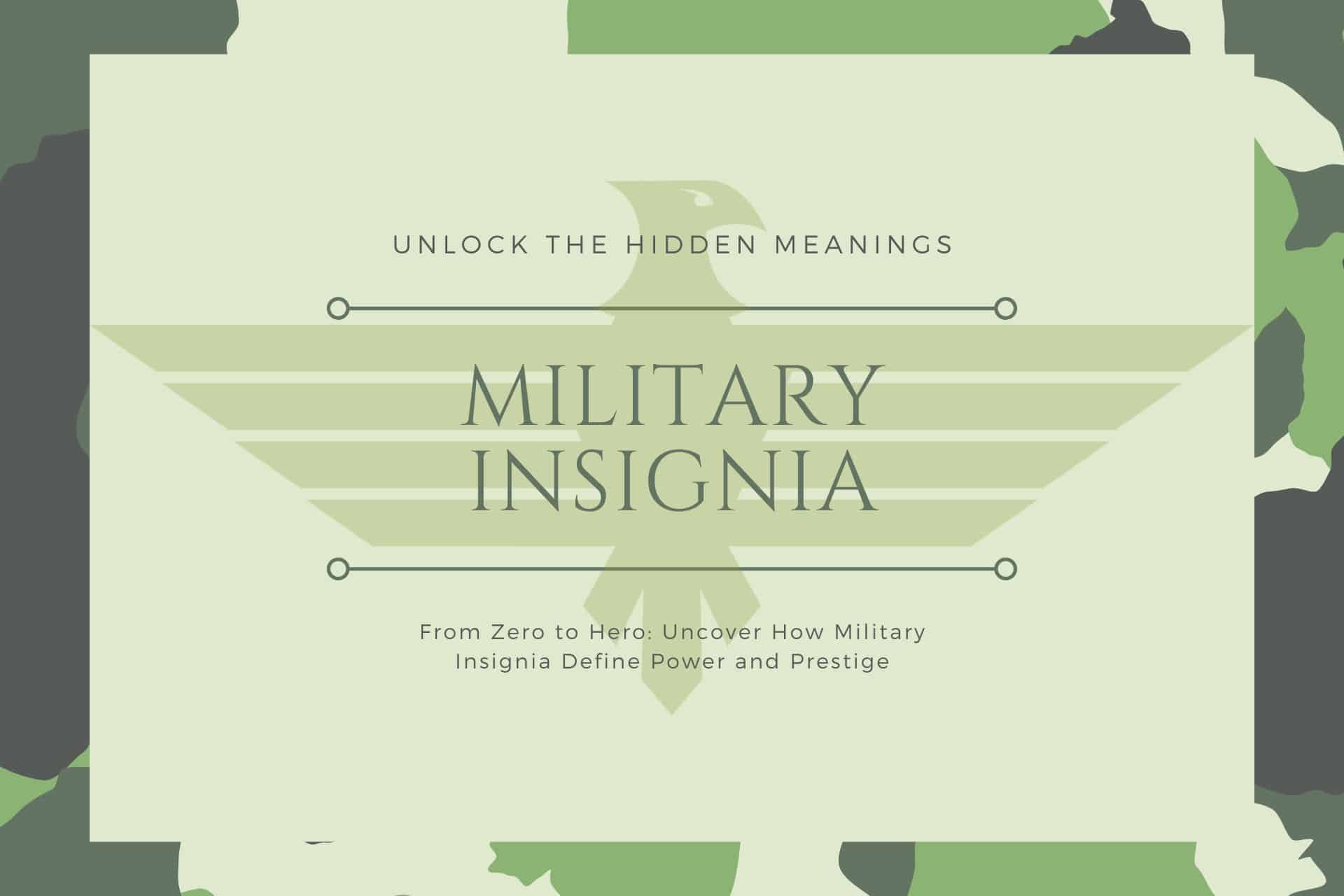Transform Your Speech with Linguist-Approved Tips!
Are you eager to decipher puzzling phonetic symbols? Maybe you encounter them while studying a new language, analyzing accents, or simply bumping into them in your favorite pop culture references.
Understanding these phonetic symbols can be challenging.
Fret not; this comprehensive guide will demystify these unique symbols, their variations, and their significance in the International Phonetic Alphabet (IPA) and Unicode.
By the end of this journey, you’ll appreciate languages‘ profound beauty in a whole new light.
So stick around because there’s a lot to uncover. Continue reading to unravel the mysteries of phonetic symbols. Trust us, you’re in the right place to quench your thirst for linguistic knowledge.
Let’s get started!
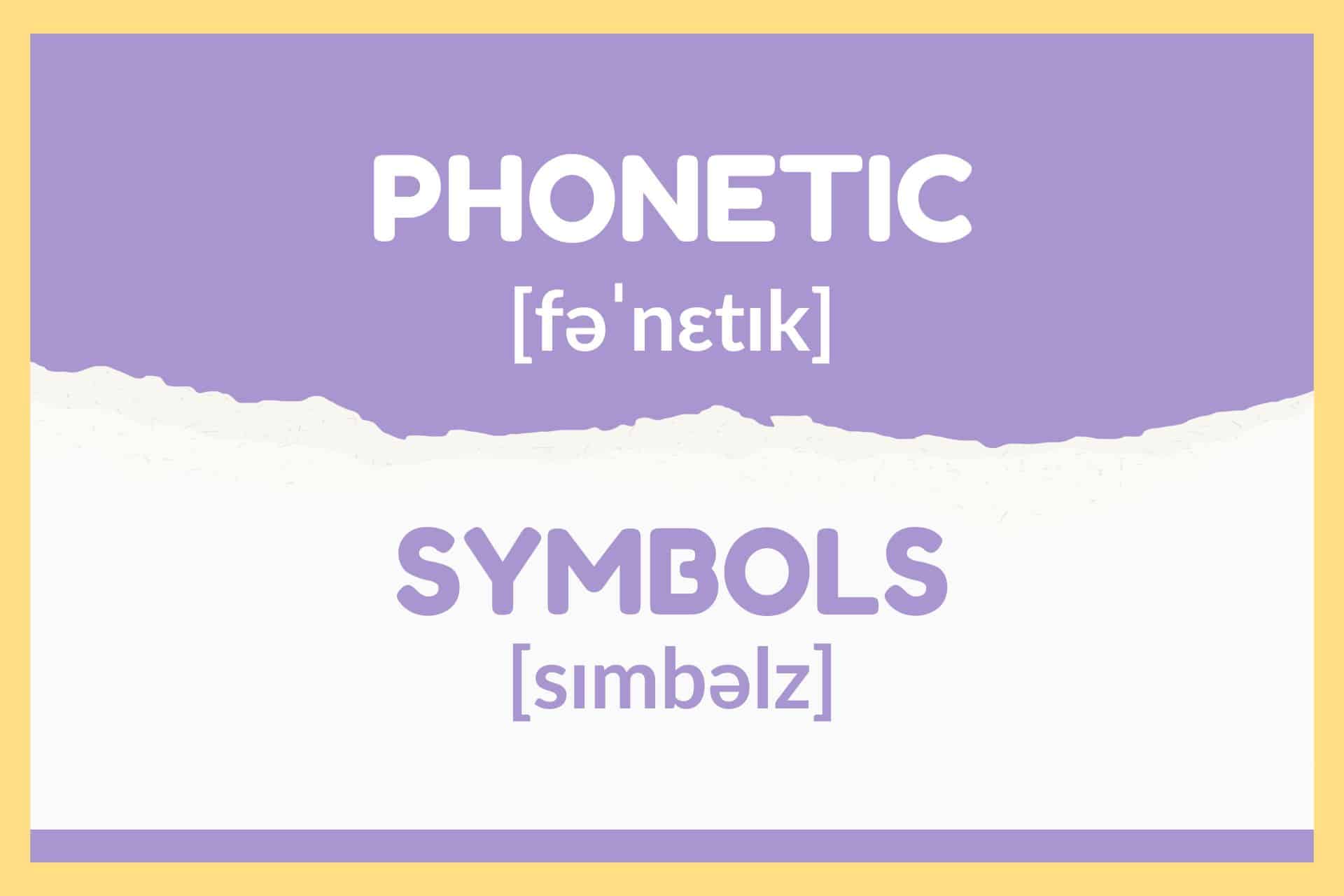
Here’s What You Will Find

Key Takeaways
Phonetic Symbols
Understanding Phonetic Symbols: Phonetic symbols, or phonetic characters or scripts, denote distinct sounds in spoken languages, facilitating accurate pronunciation.
Role of IPA and Unicode System: The International Phonetic Alphabet (IPA) and Unicode system are instrumental in digitally noting and understanding every human speech sound.
Classification of Phonetic Symbols: Phonetic symbols are divided into two categories: consonants, which interrupt airflow in the vocal tract, and vowels, produced without any obstruction.
Applications of Phonetic symbols: Utilized by linguists, speech therapists, and language learning tools, these symbols provide an accurate depiction of speech sounds and aid speech clarity. They are also featured in popular culture and everyday applications, helping with language navigation and speech correction and offering a fun way of communication.
What are Phonetic Symbols?
Phonetic symbols are graphical representations of the sounds made when we speak. Linguists, language teachers, speech-language pathologists, singers, actors, and foreign language learners use phonetic symbols to precisely record spoken language sounds.
The most commonly used system of phonetic symbols is the International Phonetic Alphabet (IPA), which aims to provide a unique symbol for each sound used in human speech.
Phonetic symbols transcribe the exact sounds of speech, bypassing the ambiguity of written words. For example, “though” has six letters but only two sounds in English, represented with just two phonetic symbols in the IPA.
Did You Know?
Phonetic symbols enable people across different languages and dialects to precisely understand how to produce sounds in a way that is impossible with regular orthography (standard spelling systems).
You mightn’t realize it, but phonetic symbols, the unique symbols representing distinct sounds in language, play an essential role in understanding and learning languages. They’re the keys to opening the door of language barriers.
Picture it: you’re in a foreign country, trying to communicate. Without phonetic symbols, you’re stuck, right? Not necessarily. These symbols are your language compass, guiding you to pronounce words correctly. They empower you to speak freely without fear of mispronunciation.
Phonetic symbols allow you to explore the world of languages, breaking down barriers, fostering understanding, and encouraging communication. So, don’t underestimate them. They’re more than just symbols. They’re your ticket to language freedom.
Alternative Terms for Phonetic Symbols
While discussing the importance of phonetic symbols, it’s also interesting to note that they have alternative names. You might’ve heard them referred to as phonetic characters, phonetic scripts, or even phonetic signs. These terms are used interchangeably, and they all refer to the same thing: symbols that represent human speech sounds.
It’s all about freedom, isn’t it? Freedom to choose what to call these fascinating symbols, freedom to learn and explore the exciting world of phonetics.
The International Phonetic Alphabet and Unicode
Let’s explore the deep pool of the International Phonetic Alphabet and Unicode, two essential tools in phonetics.
The International Phonetic Alphabet, or IPA, is a system of notation that represents sounds of spoken languages. It’s your passport to a world of linguistic freedom, making it possible to note every human sound.

Now, let’s turn to Unicode. It’s a universal character encoding standard that allows IPA symbols to be used digitally. This means you can write, share, and publish phonetic transcriptions online, breaking down barriers in your quest for phonetic knowledge.
Both IPA and Unicode are your keys to linguistic expression, giving you the power to represent and comprehend sounds from any language.
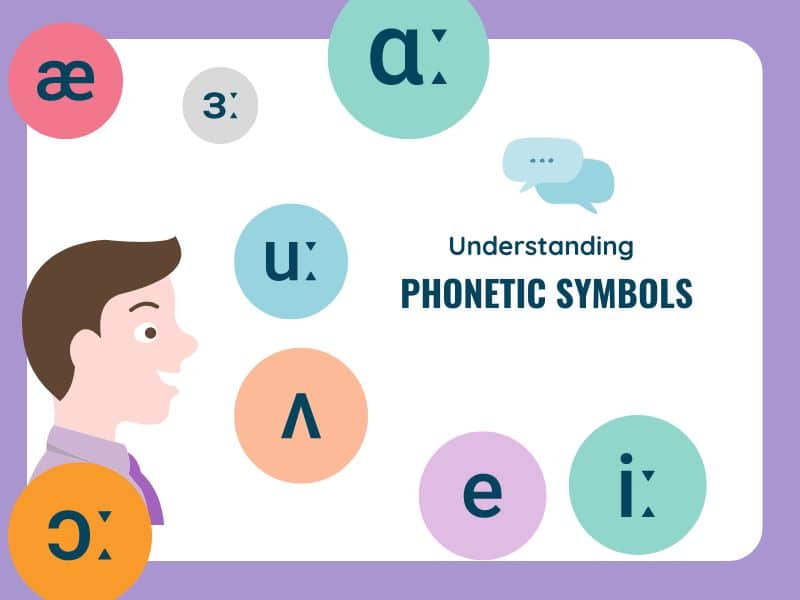
Types of Phonetic Symbols Explained
Understanding Phonetic Symbols: Decoding the Sounds of Language
Human language’s tapestry is rich with various sounds, and phonetic symbols are the key to unlocking the mysteries of our vocal expressions. These symbols capture the nuances that make each word distinct and meaningful.
Below, we explore the fascinating world of phonetic symbols, exploring the intricate systems used to represent speech sounds in written form.
Consonant Symbols
The Building Blocks of Speech
Consonants are the cornerstone of most languages. The phonetic symbols for consonants are designed to systematically capture where the sound is made (such as the lips or the back of the mouth) and how it is produced (like stopping the airflow entirely or letting it pass through a narrow channel).
- Bilabials involve both lips (think of the sound [b] in “bat”).
- Alveolars engage the tongue and the ridge just behind the teeth, as in [t] in “talk.”
- Velars are articulated with the back of the tongue against the soft palate, like [k] in “kite.”
In terms of manner, we have:
- Plosives, which stop the airflow completely, then release it explosively.
- Fricatives, which force air through a narrow channel, creating a hissing sound.
- Nasals, where the air flows through the nose, as in [m] and [n].
Vowel Symbols
The Melody of Speech
Vowels are the symphonic sounds of speech, achieved by shaping the oral cavity to modulate the voice. Phonetic symbols for vowels consider the tongue’s position—its height (from close to open) and its backness (from front to back)—and whether the lips are rounded. For instance:
- Close vowels are high in the mouth, such as the first sound in “beet.”
- Open vowels are low, like the first sound in “bat.”
Diphthongs and Triphthongs
The Gliding Melodies
These complex vowel symbols denote those eloquent slides from one vowel to another within the same speech beat. They are the graceful dancers of language, turning an austere sound into a choreographed move.
Suprasegmental Symbols
The Rhythm and Flow of Speech
Here, we deal with the music conductor of language—the elements that orchestrate how individual sounds come together. These symbols mark:
- Stress to show which syllable stands out.
- Intonation for the rise and fall of the speaking voice.
- Length to denote stretched-out sounds.
Diacritics
The Fine Tuners of Sound
Like the delicate brushstrokes on a painting, diacritics modify sounds to produce the subtle shades of meaning that can be crucial in conversation. They adjust sounds for nasalization (as in French), aspiration (like the puff of air in English ‘top’), or voice quality (such as breathiness).
Tone and Pitch Accents
The Highs and Lows That Shape Meaning
A word’s pitch or melody can change its meaning in many languages. In tonal languages like Mandarin, these symbols mark the voice’s path from high to low.
Click Consonants
The Percussive Beats
Clicks are like drumbeats in the rhythm of language, found in languages such as Xhosa and Zulu. Phonetic symbols for clicks tell us the point of contact in the mouth, from the front to the back.
Implosive and Ejective Consonants
The Pops and Clicks of Airflow
These sounds are special effects in the language world, where the air is manipulated in unusual ways to produce impactful sounds. Implosives suck air in, and ejectives push it out with a pop.
IPA Extensions for Disordered Speech
The Alphabet of Speech Diversity
Not all speech fits the typical patterns. The IPA includes symbols that account for speech that deviates from the norm, providing a valuable tool for speech therapists and linguists.
Coarticulation and Secondary Articulation Symbols
The Multitaskers of Speech
Some sounds are multitaskers, doing two things at once. These symbols capture instances where a sound is colored by a simultaneous second action, like pronouncing a sound with simultaneous lip-rounding or raised back of the tongue.
Ligatures and Special Symbols
The Unique Signatures of Specific Languages
Some languages have unique sounds that require special symbols. Ligatures blend elements of different symbols to capture these unique sounds.
Non-Pulmonic Consonants
The Breathless Sounds
Finally, some sounds defy the typical use of lung power, including the clicks, implosives, and ejectives we’ve discussed. They use mechanisms beyond the standard air push from the lungs to articulate sounds that add to the diversity of human language.
Each phonetic symbol opens the door to understanding words and the intricate dance of the human tongue, lips, and larynx. They map the audible landmarks of conversation and oration, providing a grid for navigating the vast landscape of human speech.
You can explore these sounds, play with them, and understand phonetics’ beauty. Remember, these symbols aren’t just scribbles on a page—they’re a doorway to a profound understanding of language.
Deciphering the Meanings of Phonetic Symbols
After comprehending the evolution of the International Phonetic Alphabet, you’re now prepared to tackle the art of decoding the meanings of phonetic symbols. Each symbol represents a specific sound or a group of similar sounds.
Grasp this, and you can pronounce any word in any language. Vowels are in parentheses, consonants in square brackets, and suprasegmentals are a variety of lines and curves above, below, or through the symbols.
You’re not just learning symbols but embracing a world of sound and meaning beyond the written word. Don’t be daunted. With practice, you’ll soon interpret these symbols as second nature.
This is your key to a world without language barriers. Break free and explore the world of language through phonetics.
Uses of Phonetic Symbols
Now that you’re familiar with the basic types of phonetic symbols let’s explore how to utilize them. Phonetic symbols free you from the constraints of standard spellings, allowing for a more precise representation of speech sounds. They’re the keys to revealing the proper pronunciations of words in any language.
Phonetic symbols are indispensable in the world of linguistics and beyond, providing a precise way to transcribe the sounds of speech. Unlike standard spelling, which can be ambiguous, phonetic symbols offer a clear, universal representation of sounds across languages.
Let’s explore the various ways these symbols are applied across multiple fields:
- Linguistic Research: Linguists rely on phonetic symbols to document and analyze the nuances of accents and dialects, observing how specific sounds vary or remain consistent across different languages and regions.
- Speech Therapy: Speech therapists use these symbols as a diagnostic tool to identify and address pronunciation challenges, aiding in developing clearer speech patterns for their clients.
- Performing Arts: Actors and performers study phonetic transcriptions to accurately mimic accents and dialects for roles, enhancing authenticity and depth in their performances.
- Language Learning: Phonetic symbols guide foreign language students in mastering pronunciation, facilitating a deeper understanding and more accurate reproduction of target languages.
Through these uses, phonetic symbols are crucial resources in fields as diverse as education, therapy, and the arts. They enable professionals and learners alike to navigate the complexities of language with greater precision.
Linguists use phonetic symbols to study accents and dialects, comparing how sounds change across different regions. Speech therapists use them to help clients improve their speech clarity.
In theater and film, actors use phonetic symbols to refine accents for their roles. Even in language learning, these symbols are essential tools, enabling you to master pronunciation quickly.
Real-world Examples of Phonetic Symbols
Examining some real-world examples is essential to grasping the practical usage of phonetic symbols. Imagine you’re learning French and encounter the word ‘château.’ A phonetic transcription, /ʃɑto/, guides you to pronounce it accurately.
Another example is the English word ‘thought,’ transcribed as /θɔːt/. Here, the symbols denote sounds that aren’t readily apparent from the spelling.
Phonetic symbols also appear in dictionaries, helping you understand the pronunciation of new words. They’re also used in speech therapy, aiding people with speech disorders in articulating words correctly.
Phonetic symbols are indispensable tools in foreign language education, providing a consistent guide to pronunciation. These examples underline the practical, real-world usage of phonetic symbols. You’re not just learning abstract symbols; you’re gaining keys to unleash global communication.
The Importance of Phonetic Symbols in Language
Why are phonetic symbols so essential in language learning and communication, you might ask?
Well, phonetic symbols hold the key to pronunciation. They’re your guide, showing you exactly how to sound out words.
Phonetic symbols break language barriers, allowing you to communicate accurately with people from diverse backgrounds. Imagine no more guessing or fumbling over unfamiliar words. Phonetic symbols give you the freedom to express yourself clearly and confidently.
Additionally, they’re instrumental in teaching and learning languages. They offer students a consistent way of understanding the sounds in a foreign language.
History of Phonetic Symbols
The history of phonetic symbols is intertwined with the pursuit of understanding and documenting human speech. Early attempts at phonetic transcription can be traced back to ancient times when scholars of languages like Sanskrit developed sophisticated systems to preserve the correct pronunciation of sacred texts.
However, the modern impetus for creating a standardized phonetic alphabet began in the 19th century, when language study became more scientific.
The creation of the International Phonetic Alphabet (IPA) in the late 19th century marked a significant turning point in the history of phonetic symbols.
The IPA was developed by a group of French and British language teachers led by Paul Passy and Henry Sweet, who formed what is now known as the International Phonetic Association. Their goal was to create a system that accurately represented the sounds of any language, which was essential for teaching and studying foreign languages effectively.
Before the IPA, multiple attempts were made to create phonetic alphabets, but they were often limited to specific languages or sets of languages.
The IPA sought to be universal, drawing on earlier work by phoneticians like Alexander Melville Bell (creator of Visible Speech) and his son Alexander Graham Bell. The initial version, presented in 1888, has been revised multiple times to accommodate new sounds and languages.
Origin of Phonetic Symbols
The IPA’s symbols are diverse, reflecting the project’s international scope. They are primarily based on the Latin alphabet, which was chosen due to its widespread use and familiarity. However, the alphabet also includes letters and diacritics from the Greek alphabet and several novel symbols explicitly created to represent sounds that did not have equivalents in Western languages.
For example, the symbol [θ], representing the voiceless dental fricative sound, as in English “think,” is derived from the Greek letter theta. Using existing letters from the Latin and Greek alphabets was practical and helped make the IPA more accessible. On the other hand, symbols like [ʃ] for the voiceless postalveolar fricative sound, as in “shush,” were created to fill in gaps where no appropriate symbol already existed.
The principles of iconicity and avoidance of ambiguity also influenced the choice of specific symbols. The IPA designers attempted to make the symbols resemble the articulatory features of the sounds they represent, where possible, and to avoid using the same symbol for different sounds or the same sound.
Diacritics were added to basic symbols to expand the repertoire of sounds that could be transcribed without creating entirely new letters. This allowed for detailed and nuanced descriptions of speech sounds, making the IPA flexible enough to handle the subtle variations and complexities in actual speech.
The IPA’s development was a collaborative effort, evolving through contributions from linguists of various nationalities. It is a testament to the need for a common ground in linguistic research and language teaching and to the recognition of the diversity and complexity of human language.
The IPA continues to be updated and refined as our understanding of phonetics deepens, and new linguistic phenomena emerge.
Development of the International Phonetic Alphabet
Let’s now focus on developing the International Phonetic Alphabet, a significant step in our quest to encode the sounds of spoken language.
Linguists created it in the late 19th century. It’s an extraordinary tool that accurately represents any sound from any language. A universal system makes learning and comparing sounds across diverse languages easier.
You’re no longer confined by conventional spelling’s limitations, which can be wildly inconsistent. Using the International Phonetic Alphabet, you can explore the sounds of the world’s languages without the guesswork. It’s a liberating experience to see sounds for what they indeed are.
This development has revolutionized language study, and it’s yours to harness.
Top Tips for Mastering Phonetic Symbols
Speak Like a Linguist
Navigating the world of phonetic symbols can feel like deciphering an ancient code. However, with some insider knowledge and a bit of practice, anyone can master the art of pronunciation like a seasoned linguist. Here are some linguist-approved tips to help you unlock the secrets of phonetic symbols and sharpen your speech.
Familiarize Yourself with the IPA Chart
Begin your journey by getting acquainted with the International Phonetic Alphabet (IPA) chart. This chart is the Rosetta Stone of phonetic symbols, offering a visual guide to the sounds each symbol represents. Spend time learning the symbols, mainly focusing on the sounds that don’t exist in your native language.
Practice with Minimal Pairs
Minimal pairs are words that differ by only one sound, such as “bat” and “pat.” Practicing with minimal pairs can fine-tune your ear and your pronunciation. It hones your ability to discern and produce distinct sounds, a critical language-learning skill.
Use Online Resources and Apps
Take advantage of digital tools. Numerous apps and online resources provide interactive ways to learn and practice phonetic symbols. They often include audio examples, quizzes, and games to support your learning journey.
Record and Compare Your Speech
Recording yourself can be revealing and incredibly effective. Try reading a passage with phonetic transcriptions, then listening to your recording and comparing it to a native speaker’s pronunciation. This will help you notice discrepancies in your pronunciation and make necessary adjustments.
Create Phonetic Transcriptions
Get hands-on by phonetically transcribing texts or even your everyday speech. This exercise will reinforce your understanding of phonetic symbols corresponding to actual sounds and improve your ability to think about phonetics.
Learn One Phonetic Symbol at a Time
Avoid overwhelm by tackling one symbol at a time, especially when it comes to new sounds. Mastering each sound in isolation will build a solid foundation and boost your confidence.
Seek Feedback from Native Speakers
If possible, practice speaking with native speakers and ask for feedback on your pronunciation. They can point out subtleties that you might not notice on your own.
Visualize the Articulation
Understanding where and how sound is produced in the mouth can be incredibly helpful. Use diagrams and videos that show the articulatory process to get a clearer idea of how to form each sound.
Teach Someone Else
Teaching phonetic symbols to someone else can reinforce your understanding. It’s a method that can highlight areas you may not fully grasp yet and deepen your command of the phonetic nuances.
Stay Curious and Patient
Phonetics is a field that combines art and science. Your curiosity about how sounds work together to create meaning will fuel your learning. And remember, patience is key—even linguists spend years refining their skills.
Incorporate these tips into your study routine, and soon, you’ll be navigating the world of phonetic symbols with the ease of a linguist.
Phonetic symbols are not just academic tools; they are gateways to new languages, clearer communication, and a deeper understanding of human speech. Share your newfound knowledge with friends or fellow language enthusiasts, and remember, every expert was once a beginner!
Phonetic Symbols in Popular Culture
Now that you’re comfortable interpreting phonetic symbols, you’ll start noticing their widespread use in popular culture. Phonetic symbols are not confined to language studies or dictionaries; you’ll spot them in movies, music, and even graffiti.
Ever noticed the peculiar symbols in your favorite fantasy film’s alien language? Those are likely phonetic symbols, giving you a hint about pronunciation. Street artists also use them to create a unique visual language, a secret code only decipherable if you’re in the know.
And musicians? They’re notorious for using phonetic symbols to play with song lyrics or album names. It’s a playful, creative use of these symbols, liberating them from the confines of academia.
Everyday Applications of Phonetic Symbols
Beyond the domains of pop culture, you’ll find phonetic symbols making your everyday life easier in unexpected ways. Ever used a dictionary? Those little symbols next to the words are phonetics, guiding you to accurate pronunciation. They’re freeing you from the embarrassment of mispronouncing words.
Phonetic symbols are even present in language learning apps, ensuring you don’t stumble while learning a new language. They are also used in speech therapy to aid in correcting speech impairments.
So, these symbols aren’t just for linguists or academics.
They’re tools of liberation, enabling clear, precise communication across diverse languages and cultures. Embrace them; they’ll help you quickly and confidently navigate the wide world of words.
Frequently Asked Questions
How Can I Teach Phonetic Symbols to Children Effectively?
You can effectively teach children phonetic symbols by turning it into a game. Use flashcards, interactive apps, or sing-along songs. Kids learn best when having fun, so keep the atmosphere lively and engaging.
Are there any mobile applications or software to practice using phonetic symbols?
Yes, there are several apps you can use to practice phonetic symbols. For instance, ‘Sounds: The Pronunciation App’ and ‘Phonetics Focus’ are great for learning and practicing. They’re user-friendly and make learning fun.
Are Any Games or Interactive Activities That Can Make Learning Phonetic Symbols More Interesting?
Various games and interactive activities will make learning phonetic symbols more engaging. Try online quizzes, flashcards, or interactive charts. They’ll make your learning experience fun and less of a chore.
How Does the Knowledge of Phonetic Symbols Aid in Speech Therapy?
Knowing phonetic symbols, you’re equipped to pinpoint speech issues. They help you understand pronunciation patterns and correct them. It’s a tool that liberates you, giving you more control and precision in your speech therapy journey.
Are There Any Specific Careers That Require a Deep Understanding of Phonetic Symbols?
Yes, there are! As a speech therapist or a linguist, you’ll need a deep understanding of phonetic symbols. They’re also essential for actors perfecting accents and for English-speaking teachers worldwide.
Last Thoughts
Congratulations, you’ve successfully navigated through the ultimate guide to phonetic symbols! This knowledge isn’t just for linguists but anyone keen to understand language more deeply.
Phonetic symbols, remember, are your essential tool to help navigate complex pronunciations, unlock new languages, and appreciate the richness of human speech.
So, stay curious and continue exploring, and you’ll soon be decoding phonetic symbols like an expert!
Before You Go
We hope this guide has helped you better understand phonetic symbols. Knowledge is beautiful because it grows when shared.
So, if you found this article helpful, we encourage you to share it with others. They might also find it fascinating, whether they’re fellow language enthusiasts or friends who love to learn.
Sharing not only spreads knowledge but also sparks exciting discussions.
So, go ahead and pass on this guide to phonetic symbols. It will contribute to our understanding and appreciation of our diverse linguistic world!
Check Other Phonetic Symbols
- Consonant Symbols
- Vowel Symbols
- Diphthongs and Triphthongs
- Suprasegmental Symbols
- Diacritics
- Tone and Pitch Accents
- Click Consonants
- Implosive and Ejective Consonants
- IPA Extensions for Disordered Speech
- Coarticulation and Secondary Articulation Symbols
- Ligatures and Special Symbols
- Non-Pulmonic Consonants
More on Symbols
History of Symbols: How Ancient Marks Shape Our Modern World!
From Cave Walls to Emojis—A Journey Through Time Have you ever wondered about the history of symbols? Maybe you’ve wondered about their global variations or how they’ve shaped our world. Prepare to have your curiosity …
Check it Out!Tattoos and Their Secret Powers: How Ink Can Change Your Life!
Exploring the Art, Meaning, and Culture of Ink! Are you intrigued by tattoos? Are you curious about the stories they tell and the intricate details they contain? Look no further. You might be wondering about …
Check it Out!Masonic Symbols Unlocked: Discover the Secret Meanings Behind the World’s Most Mysterious Icons!
The Hidden Powers and Ancient Secrets You Never Knew! Are you intrigued by masonic symbols and their profound meanings? Perhaps you’ve seen the square, compasses, or the all-seeing eye and wondered about their significance? Thankfully, …
Check it Out!Military Insignia: Unlock the Hidden Meanings Behind These Powerful Symbols
From Zero to Hero: Uncover How Military Insignia Define Power and Prestige Are you curious about the meaning behind military insignia or rank emblems? Have you ever wondered about their significance or history? This comprehensive …
Check it Out!More Symbols

